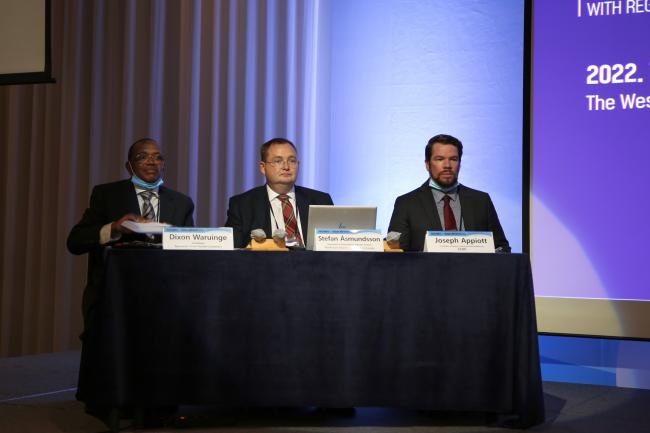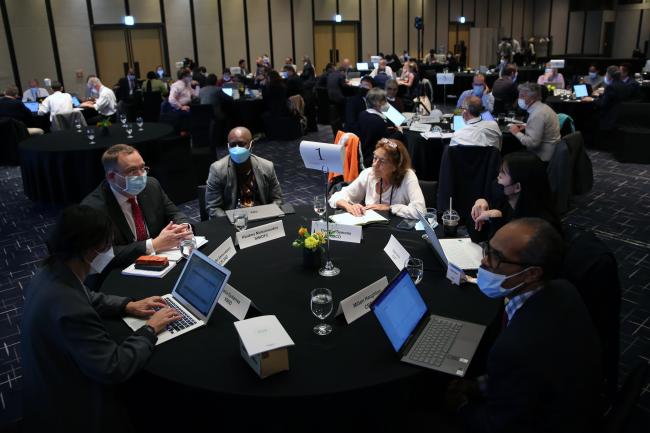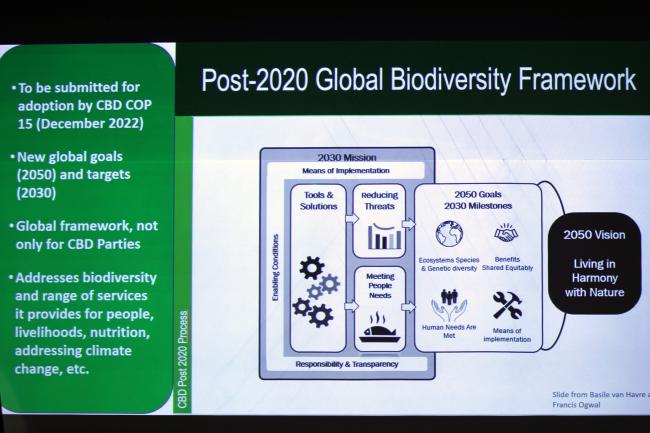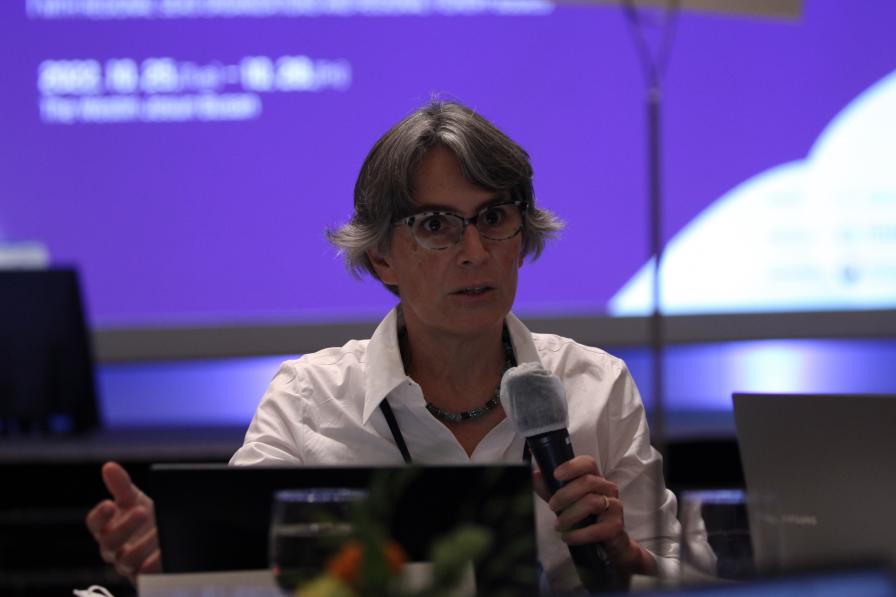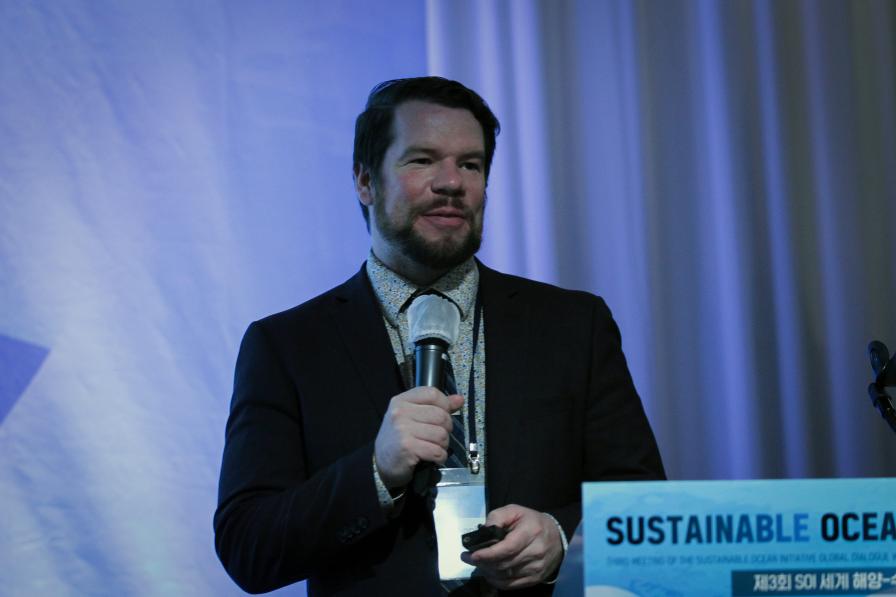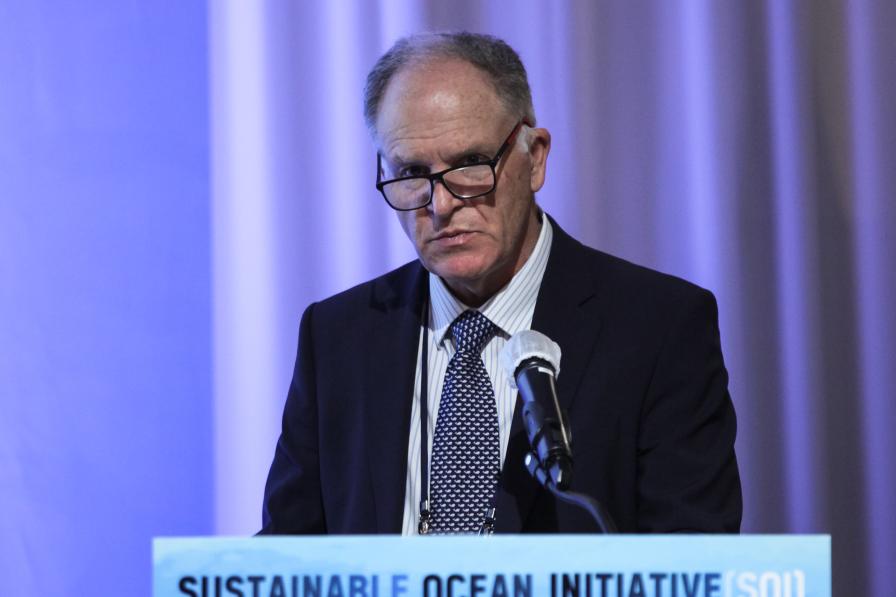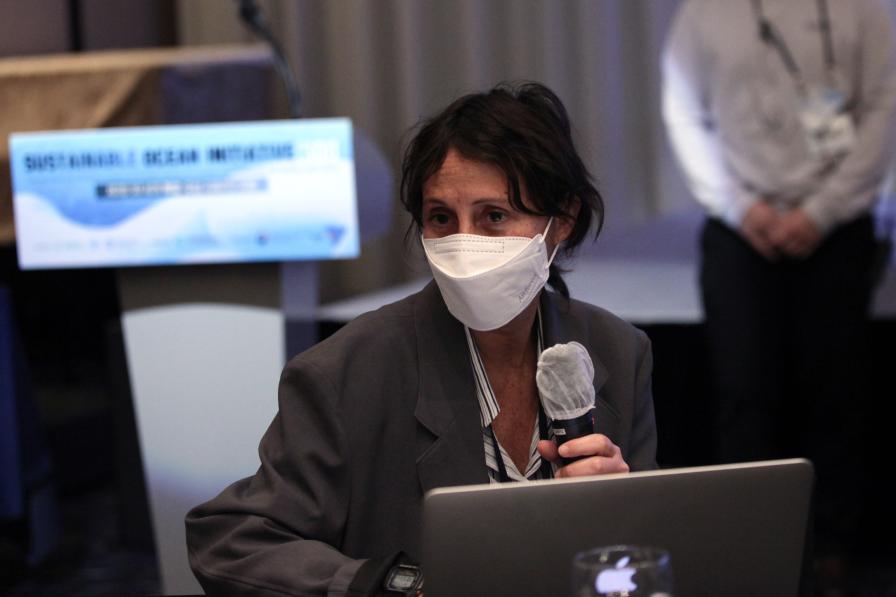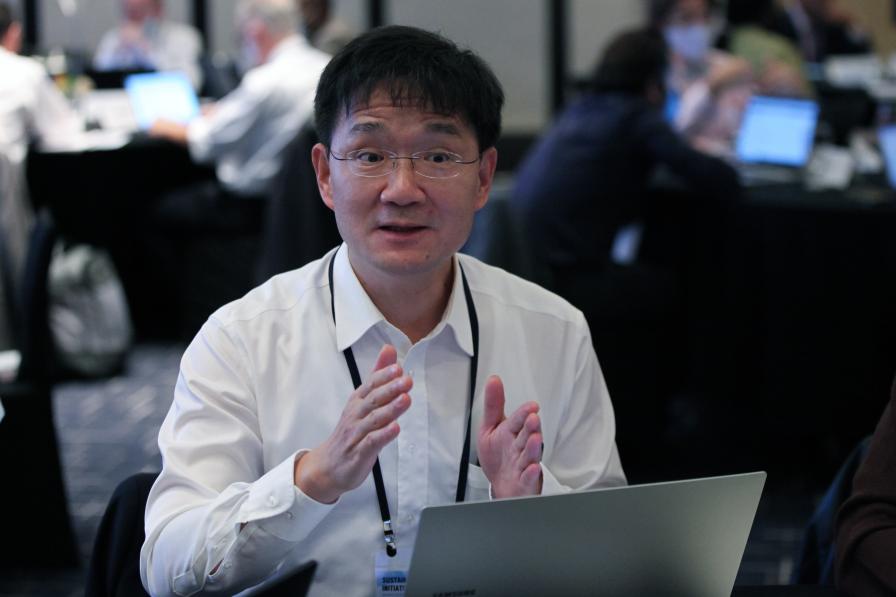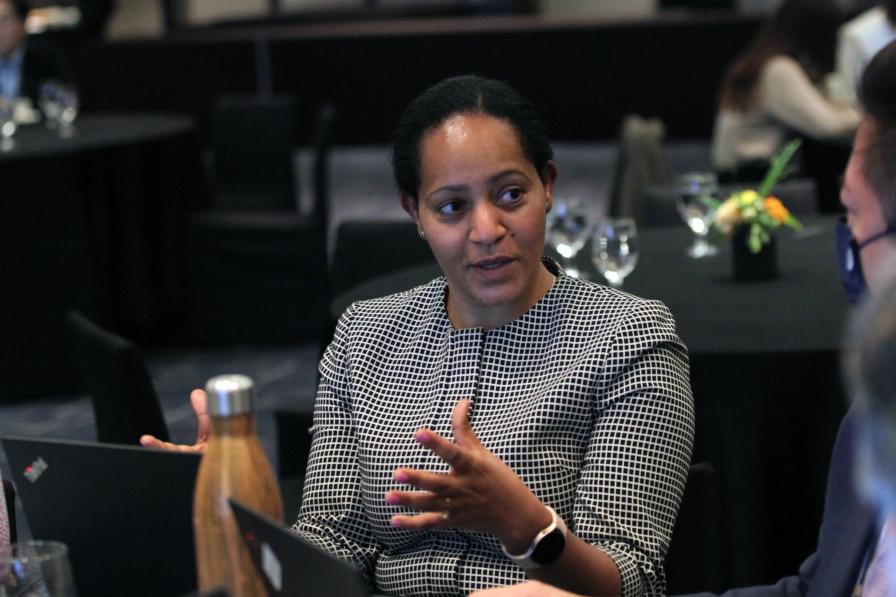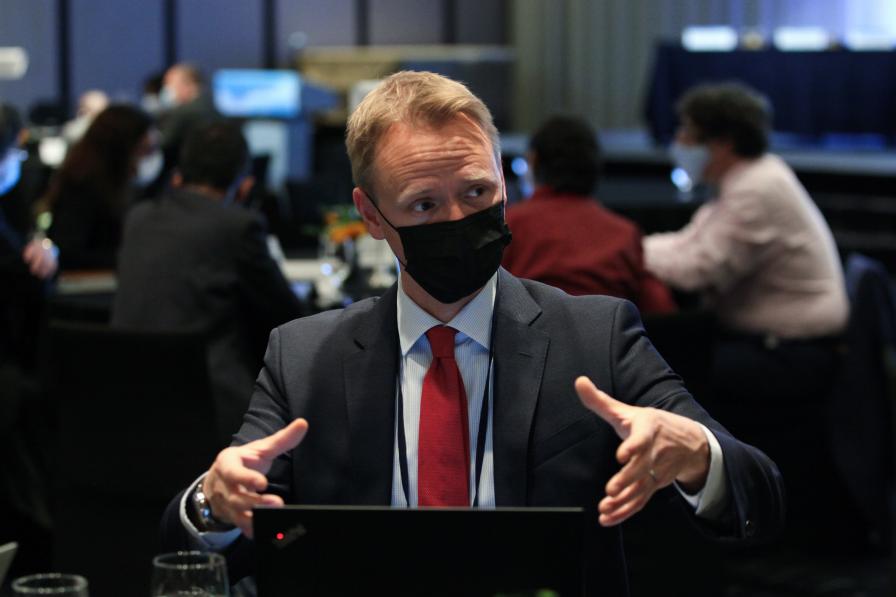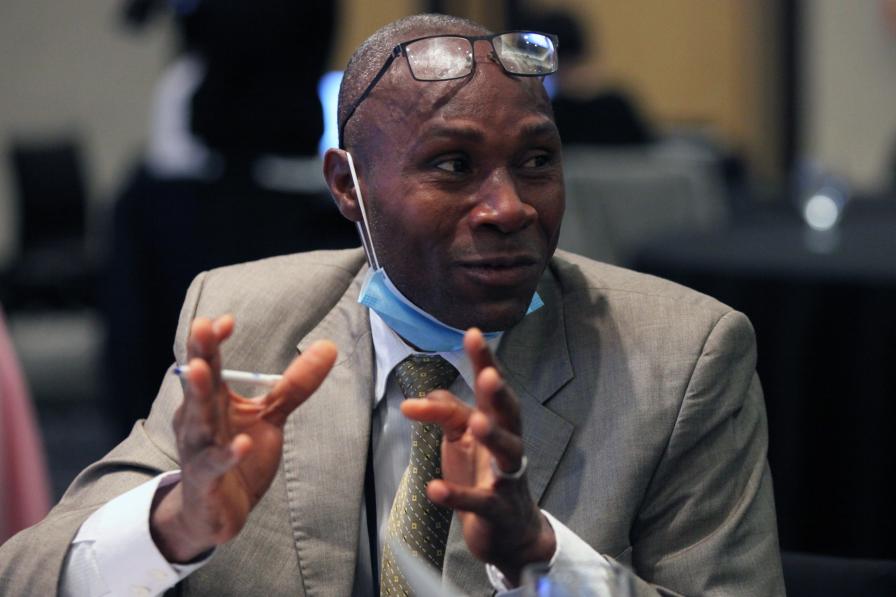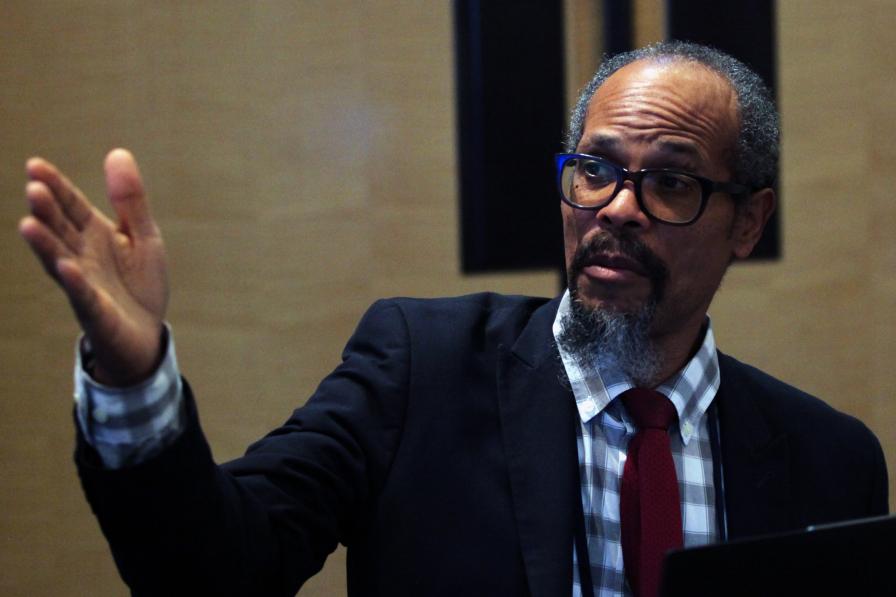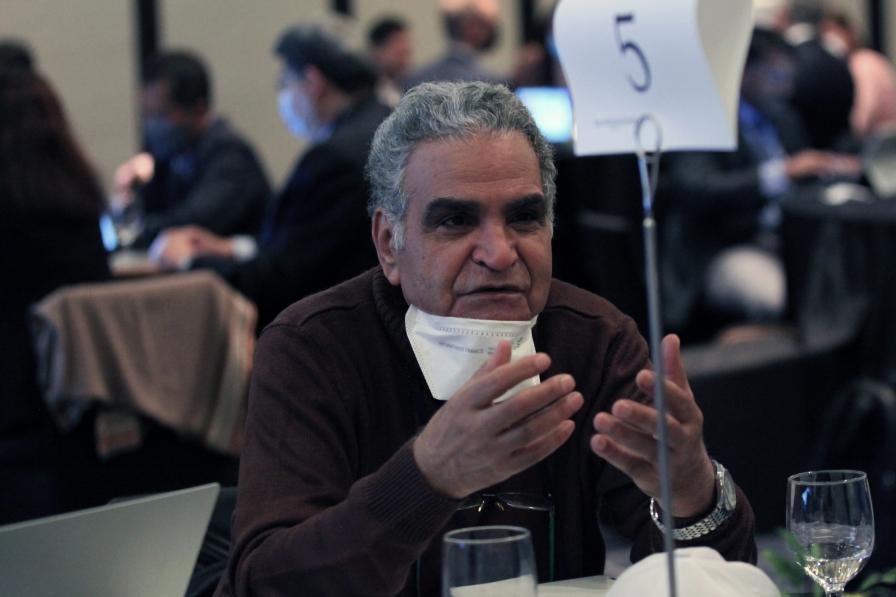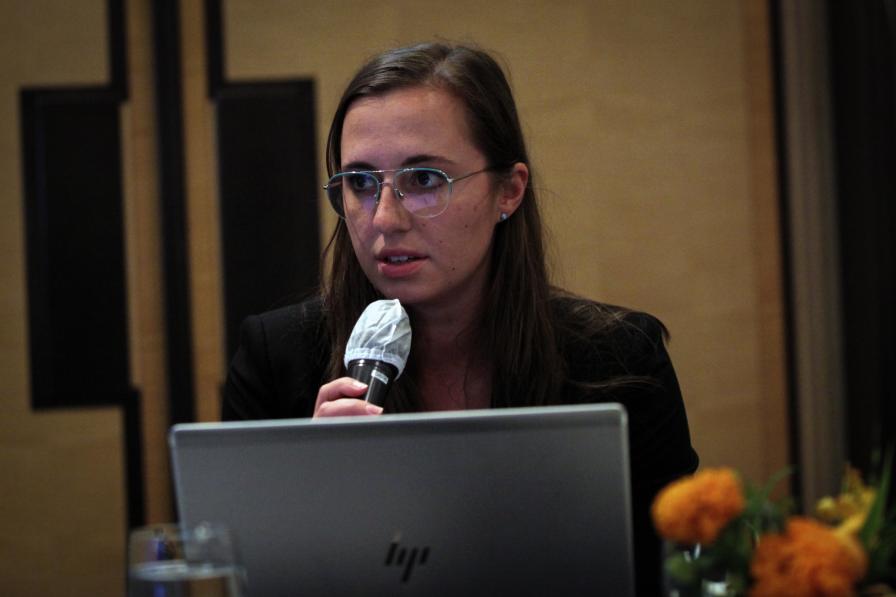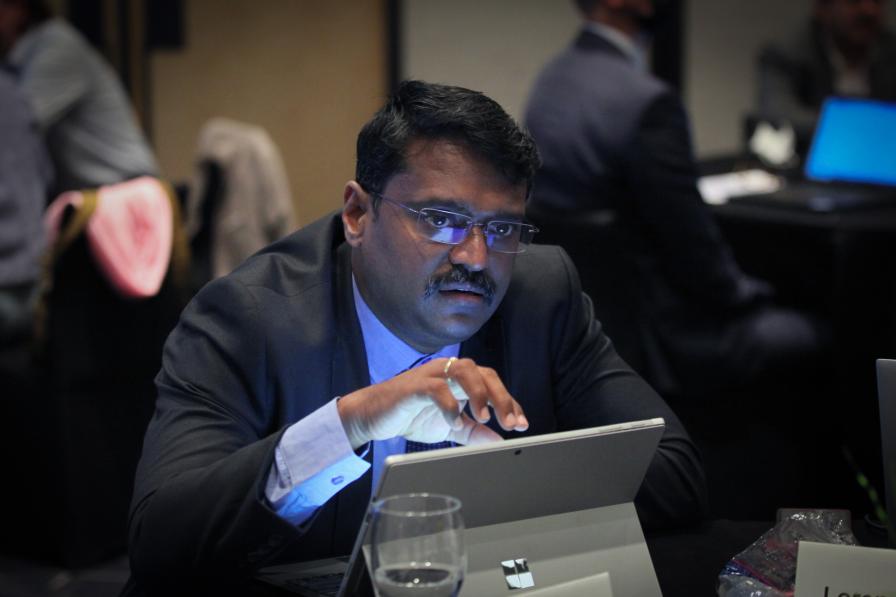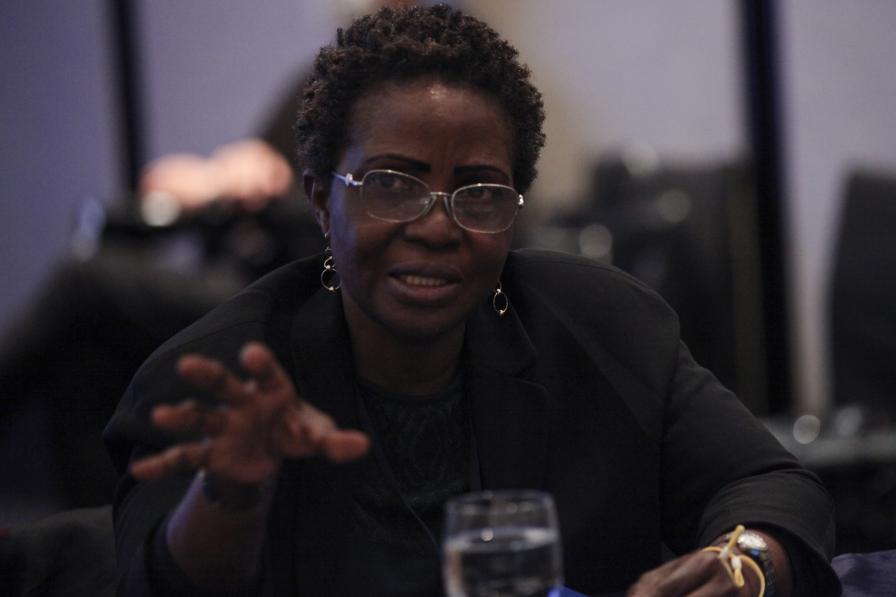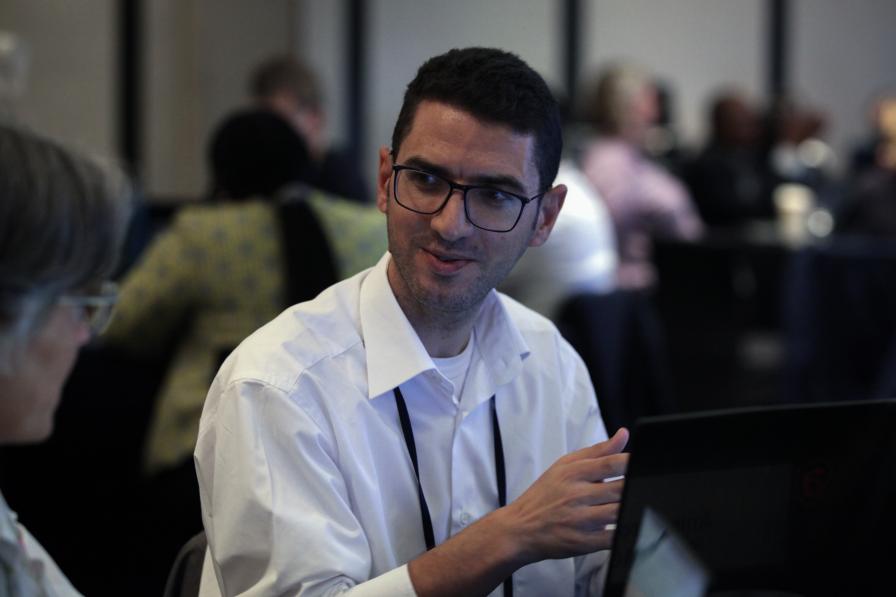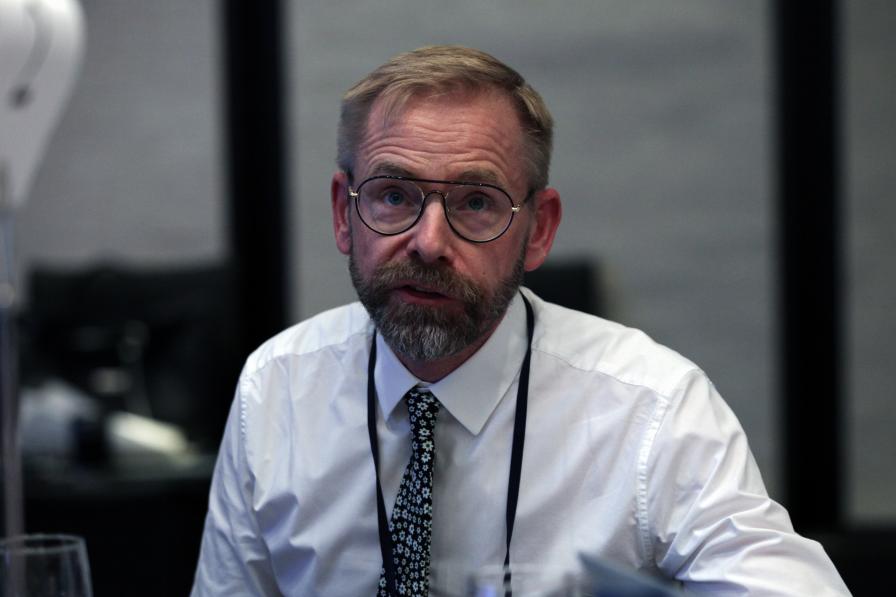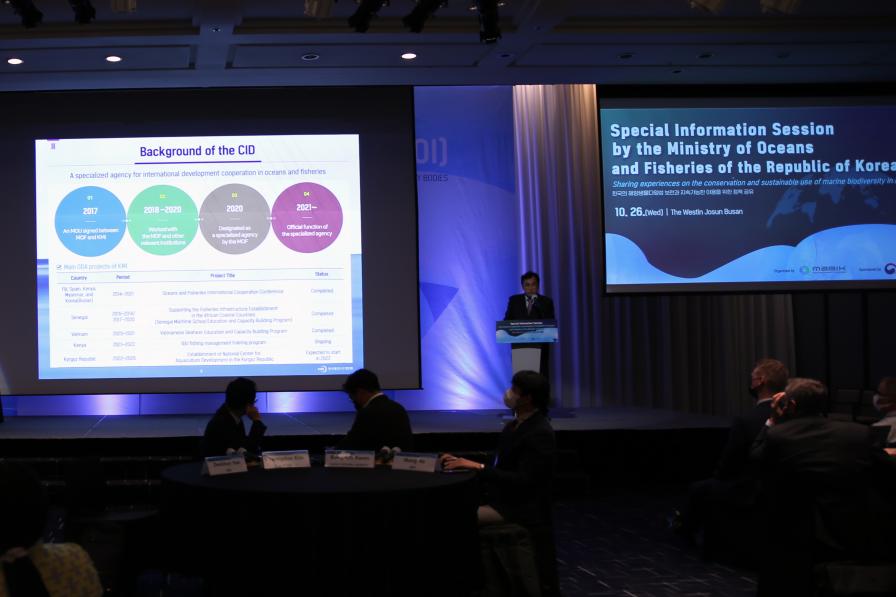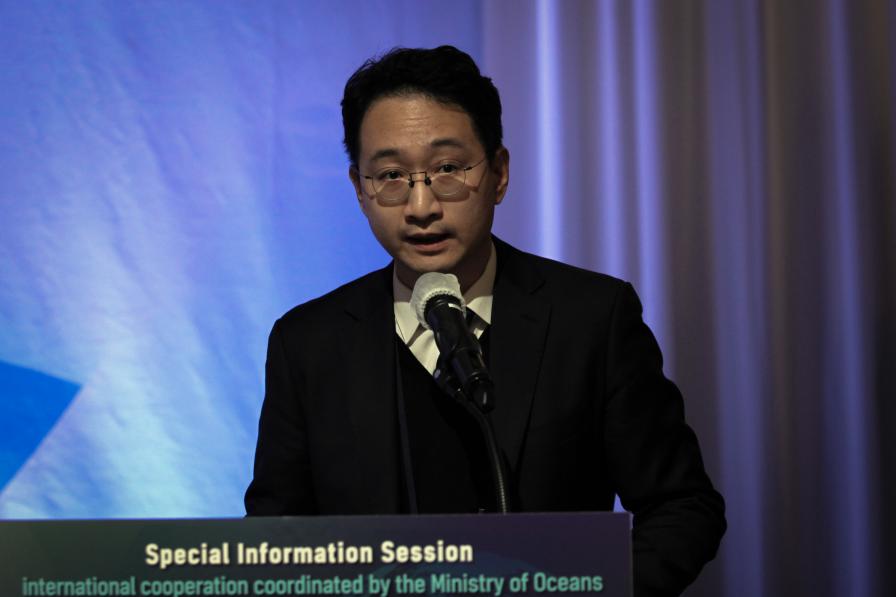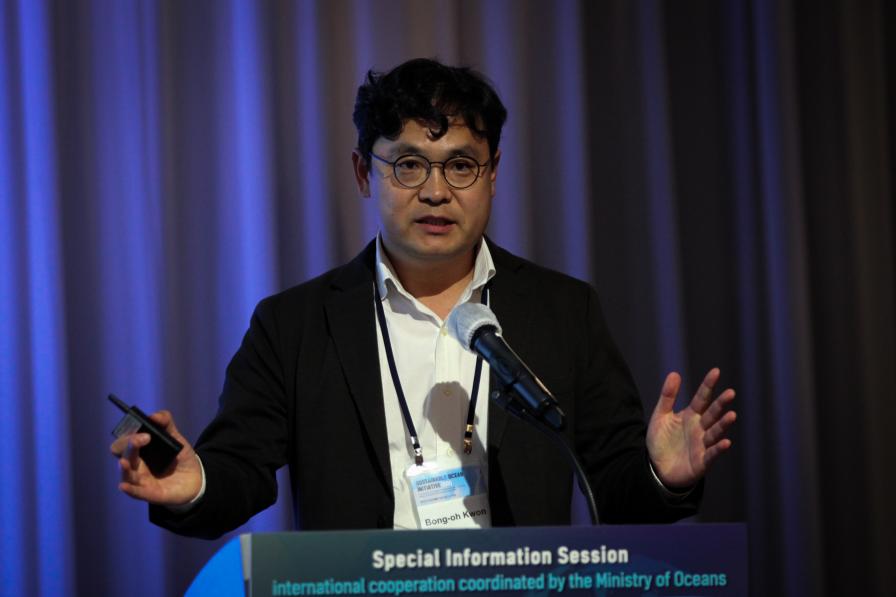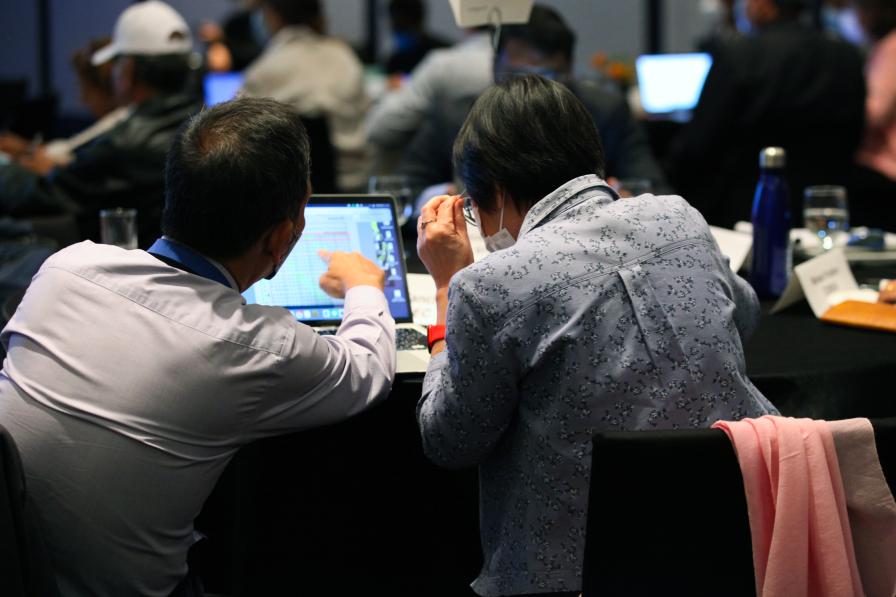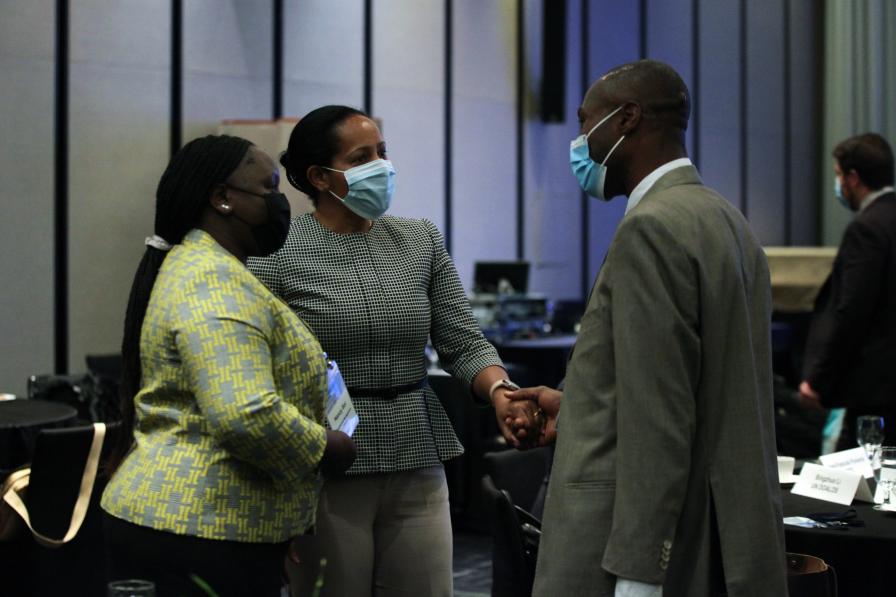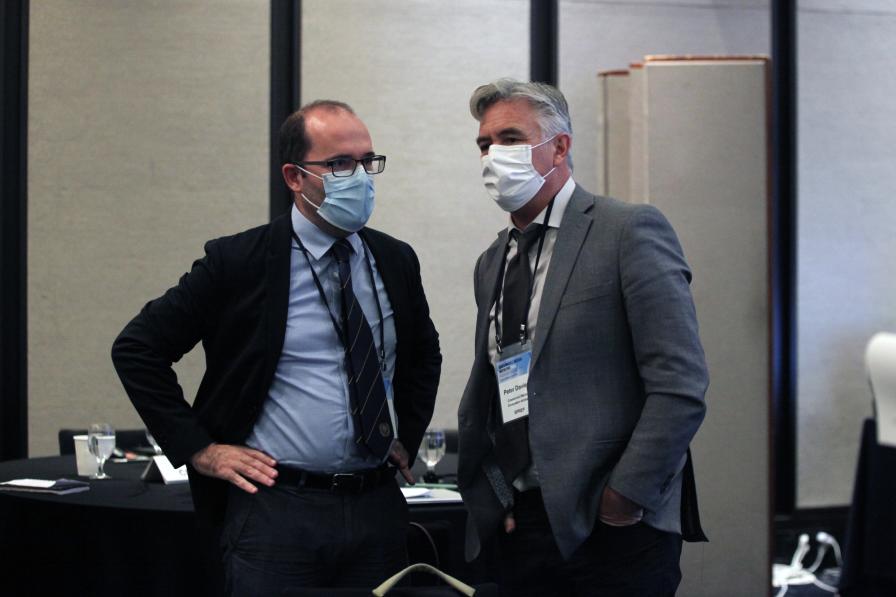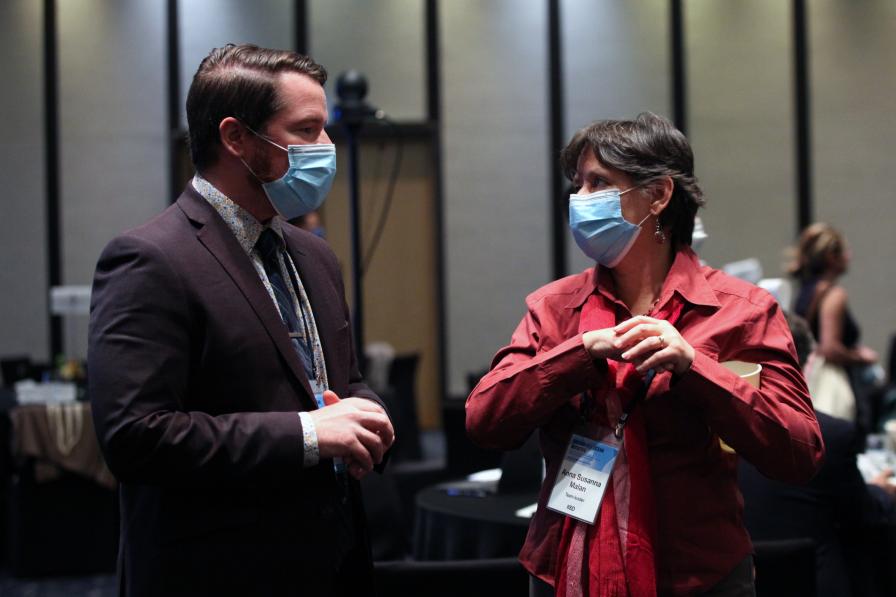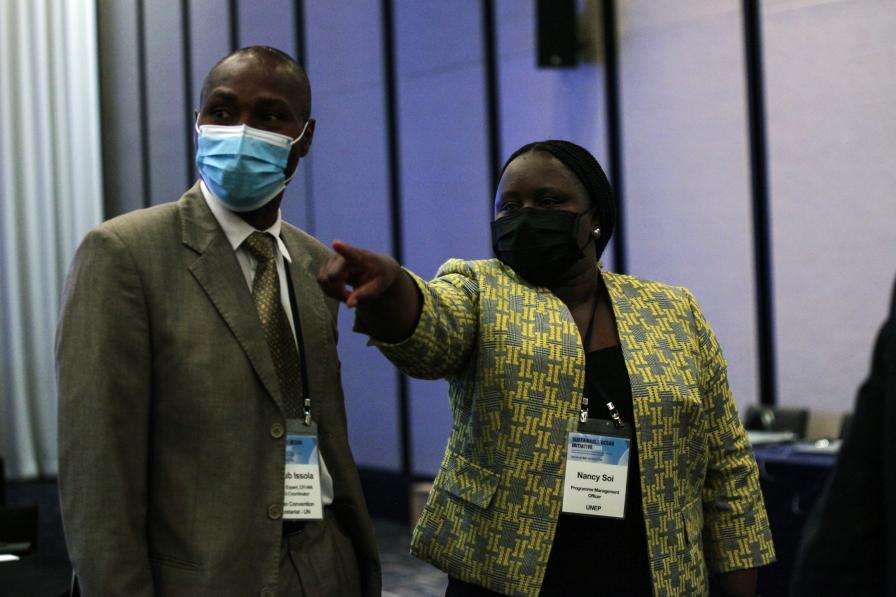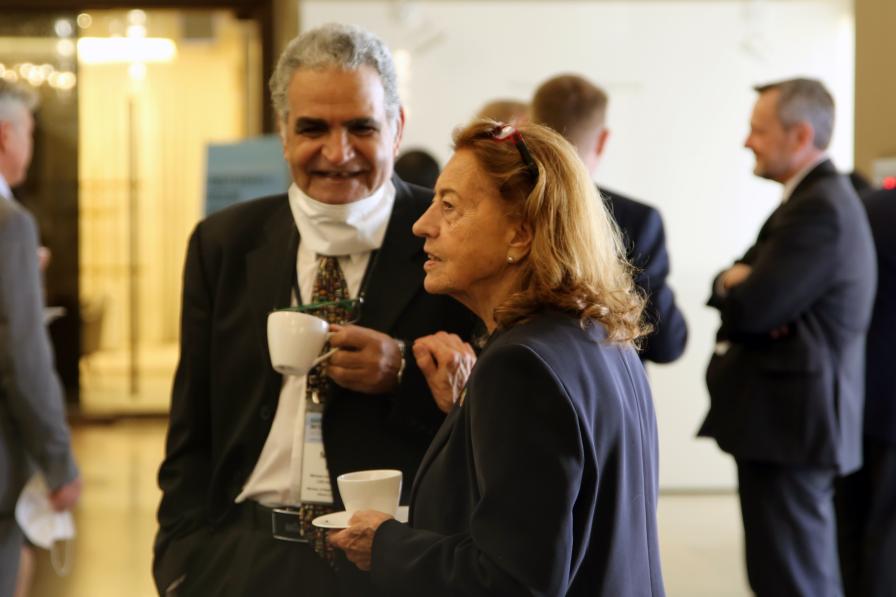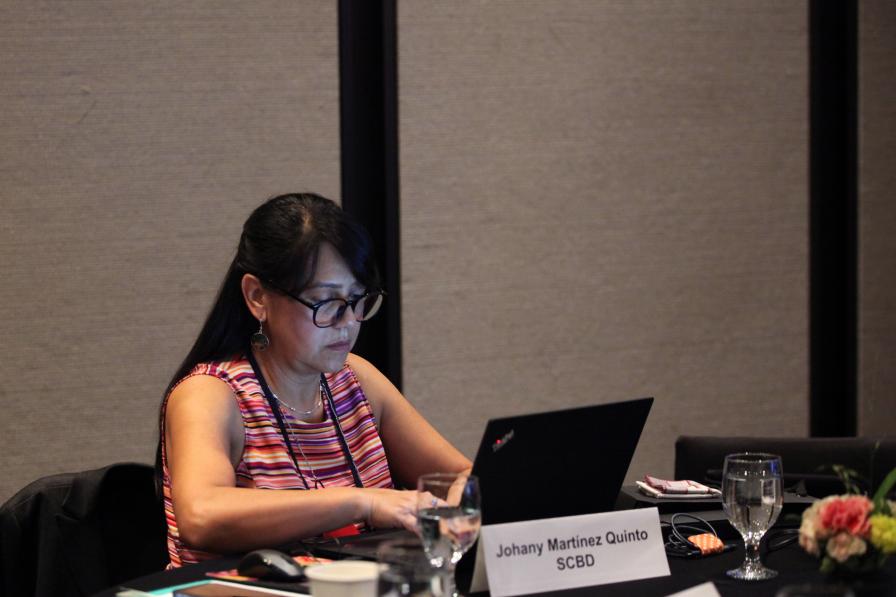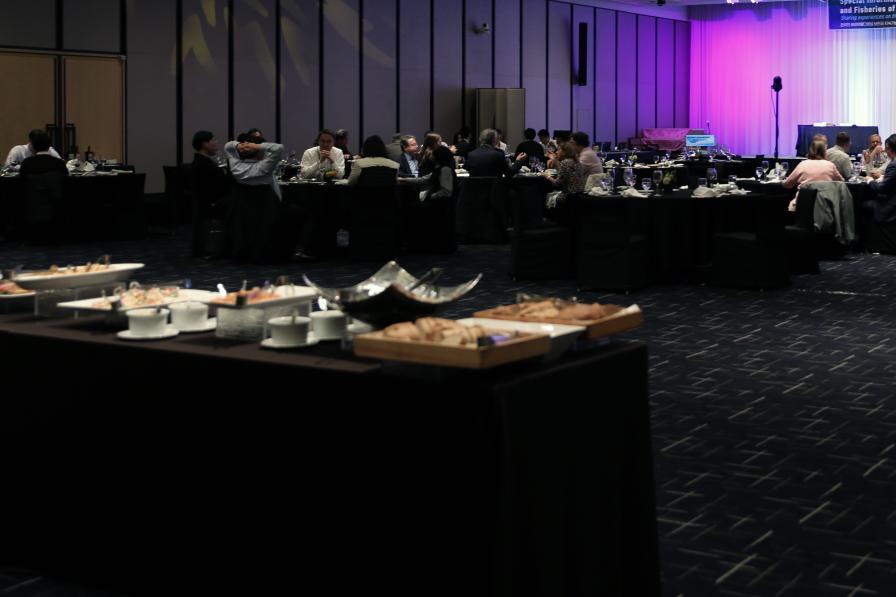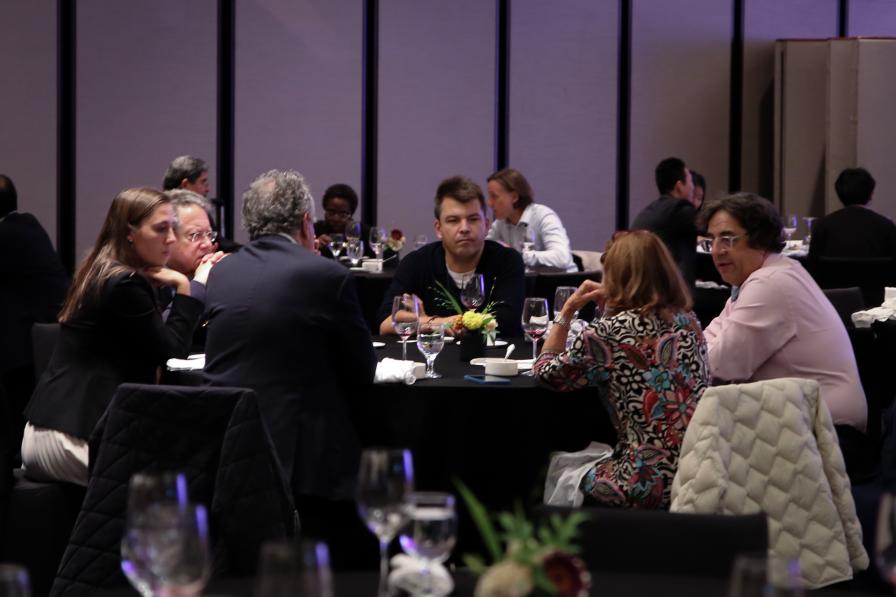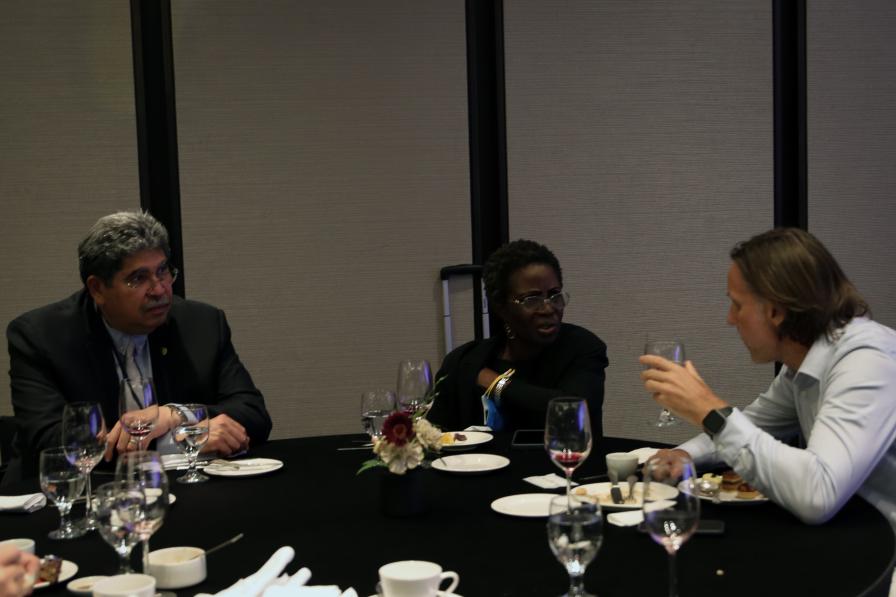Participants really knuckled down on the second day of the third Sustainable Oceans Initiative (SOI) Global Dialogue, with alternating thematic presentations and breakout discussions taking up most of the day. Thematic presentations focused on developments in key thematic issue areas of relevance to regional coordination and cooperation, including Other Effective Area-based Conservation Measures (OECMs), a future regime for biodiversity in marine areas beyond national jurisdiction (BBNJ), and the UN Environment Assembly resolution to end plastic pollution. In the breakout session, participants highlighted, among others, that:
- OECMs can be an opportunity to have a more effective and sound dialogue between regional fishery bodies (RFBs) as the resource users and regional seas organizations (RSOs) who mostly act as the conservation managers;
- a list of criteria was developed by some to distinguish between marine protected areas (MPAs) and OECMs, while others have adopted measures to determine OECMs at the regional level;
- regarding BBNJs, the need exists to develop technical tools and management options, and obtain guidance from the COP;
- in-country approaches to marine conservation and fisheries reside in different departments and silo approaches between these hampers understanding of BBNJ and MPA distinctions; and
- a major challenge is the fact that the agenda is set by the donors and not by local stakeholders.
Under the agenda item on the post-2020 Global Biodiversity Framework, panelists unpacked the roles of, and opportunities for, regional coordination and cooperation, with presentations focusing on how to translate these global goals to the regional level, and how achievement of the targets can be supported on the ground.
Participants then convened in breakout groups according to geographic regions, where feedback on the goals included the view that a common tendency is for RSOs to focus more on habitat biodiversity conservation while RFBs tend to focus more on species conservation. They also stressed the need to engage other sectors through the convening power of regional organizations, particularly regarding marine spatial planning.
Regarding feedback on the targets, the different breakout groups identified, among others, that:
- targets are all interconnected, although some are somewhat more applicable to RSOs and others to RFBs; and
- to achieve any of these targets, multiple monitoring tools are needed and the capacity to develop and maintain them does not always exist within all regions.
The day concluded with a special information session by the Korean Ministry of Oceans and Fisheries on the country’s experiences with the conservation and sustainable use of marine biodiversity, during which presentations focused on: the Ministry of Oceans and Fisheries' official development assistance; the Republic of Korea’s fourth Comprehensive Plan for Climate Change Response in Oceans and Fisheries; blue carbon research in the Republic of Korea; and Korean research contributions in ecosystem monitoring and protection of cetaceans.
The National Marine Biodiversity Institute of Korea (MABIK) then hosted a dinner reception for participants.
All ENB photos are free to use with attribution. For the 3rd Meeting of the SOI Global Dialogue, please use: Photo by IISD/ENB | Anastasia Rodopoulou
To receive free coverage of global environmental events delivered to your inbox, subscribe to the ENB Update newsletter.

